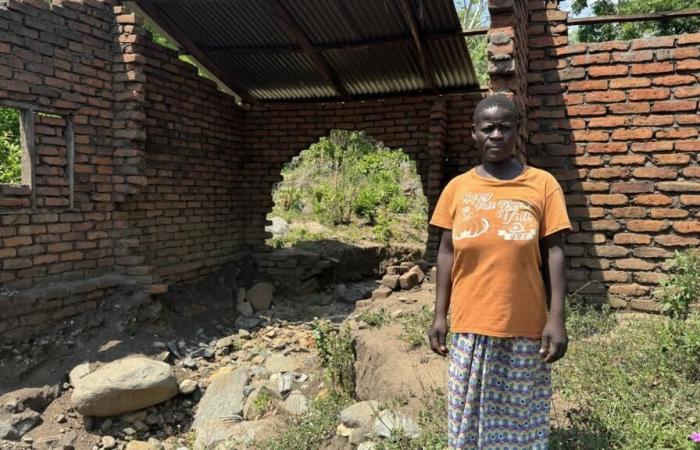In March 2023, Cyclone Freddy, the longest on record, ravaged Malawi. More than a year and a half later, the affected villages continue to suffer the consequences: isolation, illness, increased poverty… For their part, the authorities, strangled by the costs of reconstruction, are struggling to put in place a real strategy of 'adaptation.
With a serious look, Sosten lifts his navy blue sweater and reveals three long scars on his abdomen. Then he pulls up his pants and discovers another scar. “Before, I was a butcher. It allowed me to support my family. But today, because of these injuries, I have difficulty moving around and I can no longer work,” says this 62-year-old man. , father of four children. “Daily life has become very difficult. We have no more money, no more food and no one to help us.”
Ndala, the village where Sosten lives, is nestled in the heart of the mountains of the Mulanje region, a few kilometers from the Mozambique border. On March 13, 2023, it was almost completely engulfed by water. “It was around 9 p.m. when we heard deafening noises coming from the mountain. It was pitch black, we didn't understand what was happening. We just knew that we had our feet in the water and that it was rained a lot,” recalls Wilson Cement, a resident who now heads the village's risk management committee. “It wasn’t until daybreak, around 4 a.m., that we really understood the magnitude of what was happening.”
Beyond this long reconstruction, the Malawian authorities are considering the responses to the reality of climate change.
Read more on FRANCE 24
Also read:
Storm Ana leaves nearly 100,000 people homeless in southern Africa
The year 2024 promises to be the first with more than 1.5° C of global warming
Cyclone Freddy kills more than 400 people in southern Africa






